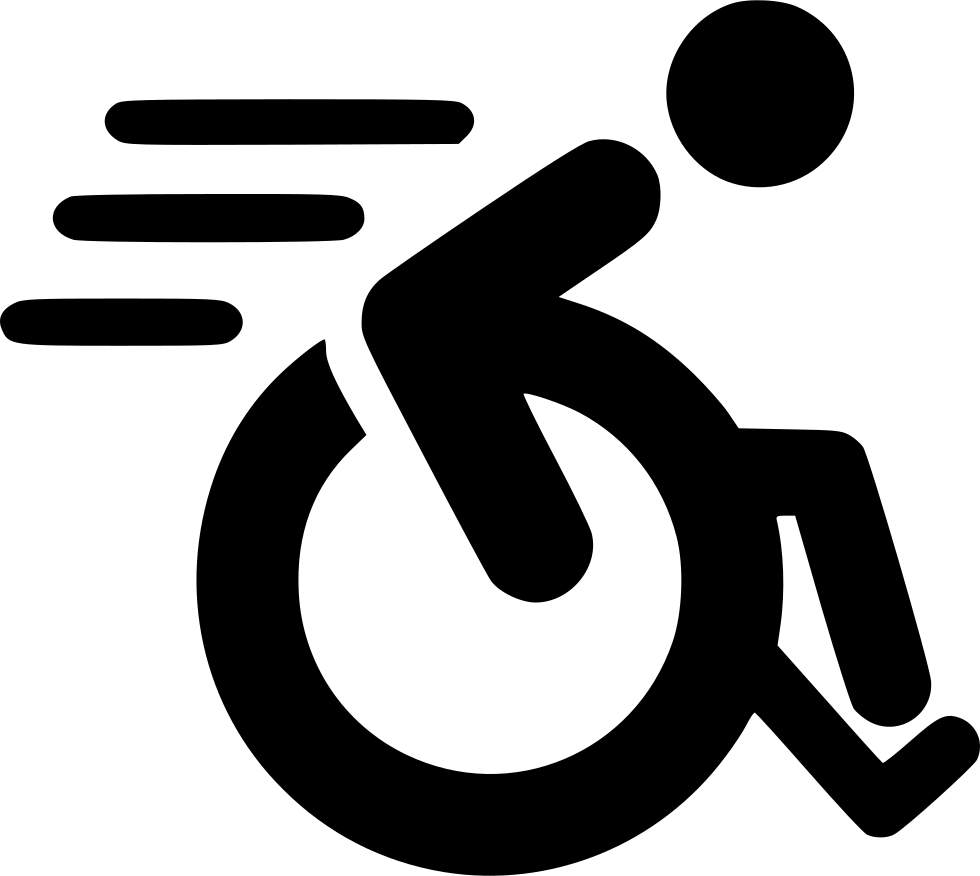Cat - Body Harness (Introduction)
Why would I want to use a harness on my cat?
 There are a couple of situations in which you may find it appropriate to use a body harness. Firstly, some owners find it difficult to let their cat have free access to the outside world due to concerns about their pet's safety, for example due to the proximity of main roads. The use of a body harness is seen as a safe compromise which allows your cat to go outside under close supervision and ensures that you are confident that there will not be any threat to your cat's safety. Secondly, there are some behavioural problems in which cats develop an increased perception of threat related to human handling and in these cases the use of a body harness may facilitate human interaction with the cat without the risk of inducing a perception of threat from the cat's
perspective.
There are a couple of situations in which you may find it appropriate to use a body harness. Firstly, some owners find it difficult to let their cat have free access to the outside world due to concerns about their pet's safety, for example due to the proximity of main roads. The use of a body harness is seen as a safe compromise which allows your cat to go outside under close supervision and ensures that you are confident that there will not be any threat to your cat's safety. Secondly, there are some behavioural problems in which cats develop an increased perception of threat related to human handling and in these cases the use of a body harness may facilitate human interaction with the cat without the risk of inducing a perception of threat from the cat's
perspective.
Why does the harness need to be introduced?
It is important to remember that restriction is something that cats find challenging and if a decision is made to use a body harness it is essential that the equipment is introduced slowly and carefully. Above all it is important that the cat develops positive associations and does not see the fitting of the harness as a potentially threatening experience.
When should the harness be introduced?
The best time to introduce any new experience is when your cat is young. If the harness is being used as part of the approach to a behavioural problem then it may not be possible to select the age of introduction. However, if you are planning to have an indoor cat and to use a harness to give supervised access to the outside world then it would be sensible to introduce the harness in the first couple of weeks after acquiring your kitten. Whatever age your cat is when introduction takes place it is always important to think of the emotional arousal level of your cat when you are introducing the harness and the golden rule is to introduce it in association with a low level of arousal. If your cat is agitated and concerned while the harness is being introduced you run the risk of developing negative associations which will hinder your subsequent use of the harness.
How should the harness be introduced?
The first stage of introduction is to make positive associations with the sight and smell of the harness and it is therefore important to leave it lying around in your cat's environment. Placing the harness close to your cat's food bowl and leaving it there to acquire passive positive associations with the cat's calm emotional state when he is eating in peace may be beneficial. However, it may be just as productive to simply leave the harness on the floor in rooms where your cat plays and rests. Once your cat pays no attention to the presence of the harness you can start a more proactive stage of introduction. This will involve holding the harness in your hand while you give your cat a positive experience, either through feeding tasty titbits such as chicken or prawn, or by offering positive tactile interaction with your cat (stroking). The selection of the positive experience will be determined by your cat's personality and its preferences but the aim is for the presence of the harness to become at least irrelevant and at best positive. The next stage is to loosely attach the harness to your cat but do not be tempted to struggle to fit it accurately at this stage. The aim is to simply make a positive or neutral association with the feel of the harness on the body. Once this stage is completed you can start to fix the harness more securely, still continuing to create positive associations through appropriate social interaction or delivery of food treats.
How long can I use a harness for?
This will depend on the situation in which the harness is being used and you should be guided by your cat's behaviour. If the harness is being used in a positive and calm environment, such as going out into the garden, and your cat's body language suggests that it is enjoying the experience, there is no real need to limit the time that the harness is applied for. However, if your cat is being put into a situation where he is being challenged in some way and his body language suggests that his emotional state is negative you will need to consider the potential for negative associations to be formed with the harness. In such cases the use of the harness should only be continued after seeking professional advice from a suitably qualified behaviourist. The most important thing to remember is that a harness should never be used to force your cat into a situation or a behaviour that he is reluctant to engage in.
Used and/or modified with permission under license. ©Lifelearn, The Penguin House, Castle Riggs, Dunfermline FY11 8SG

